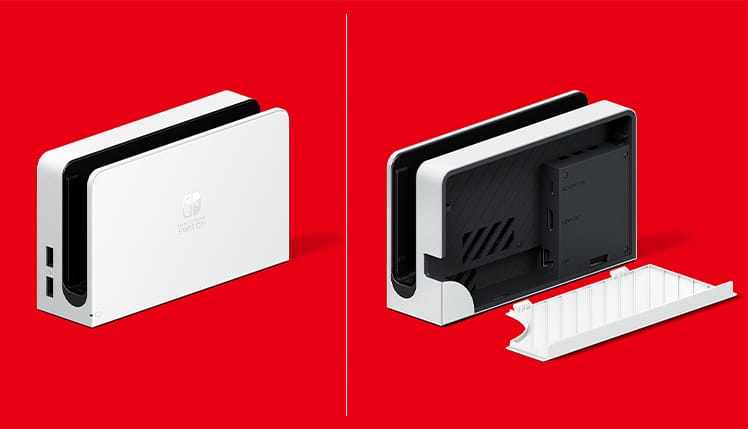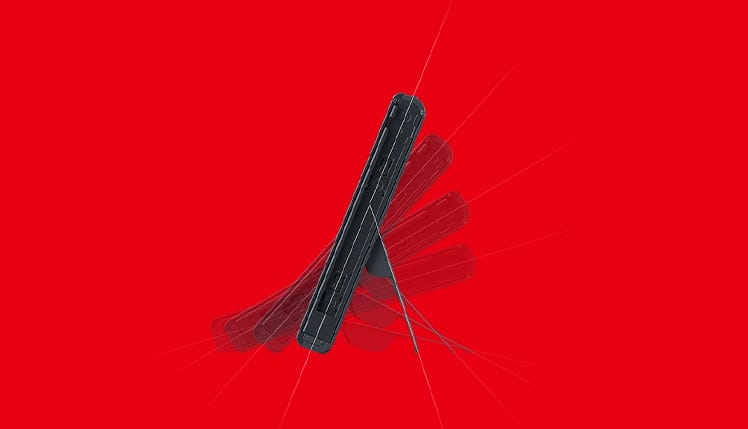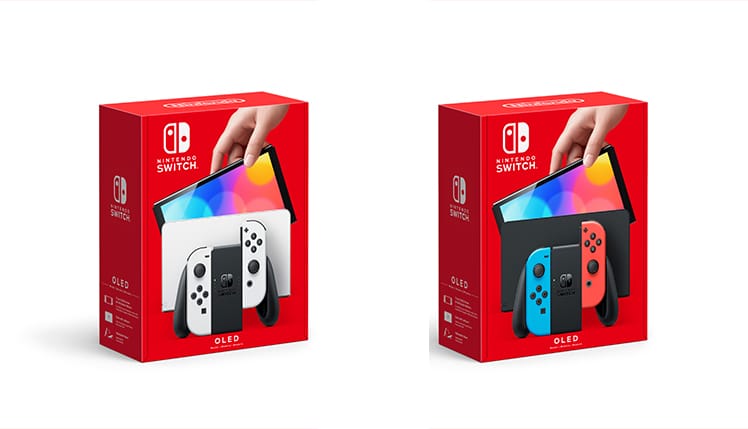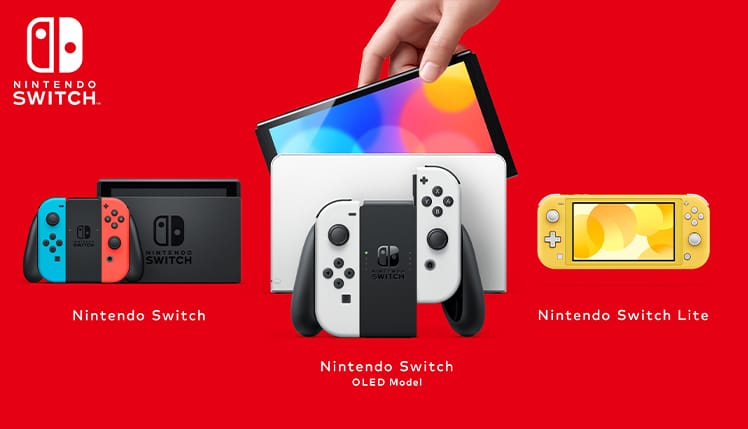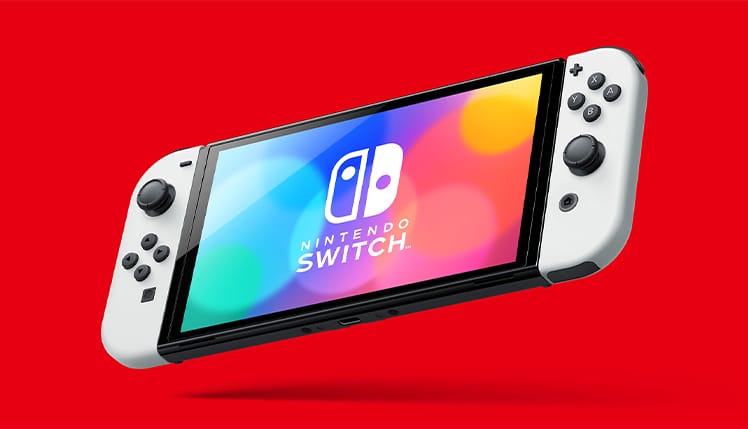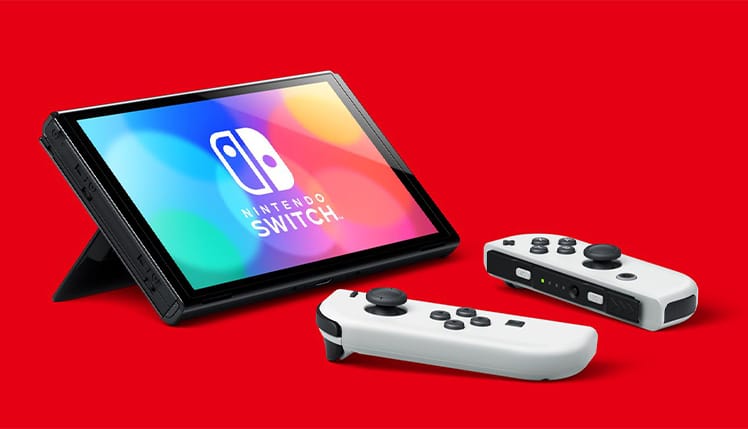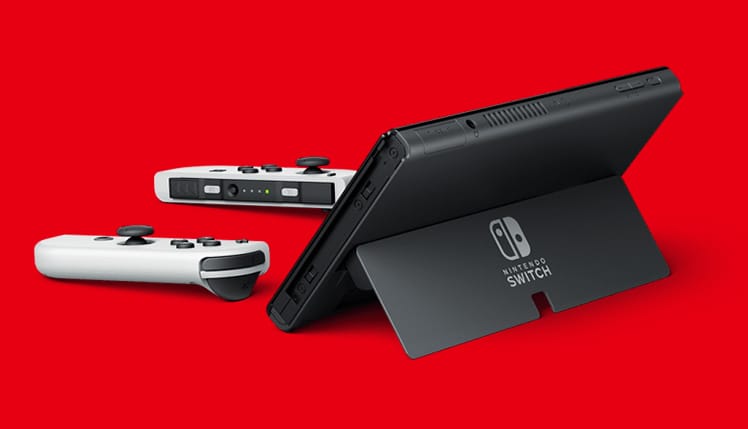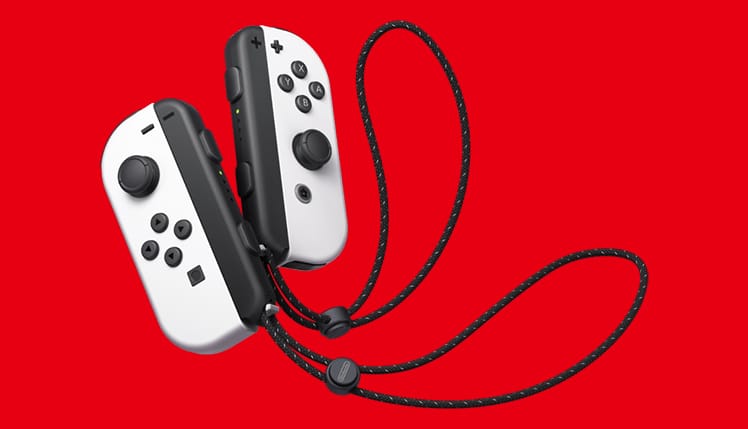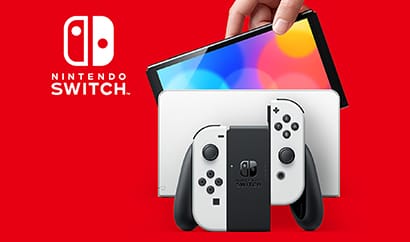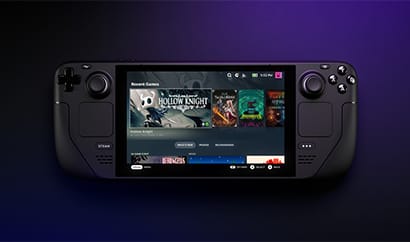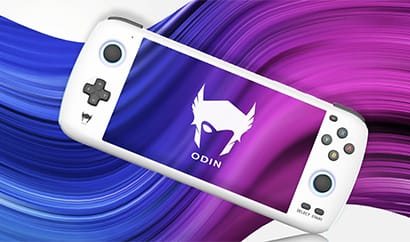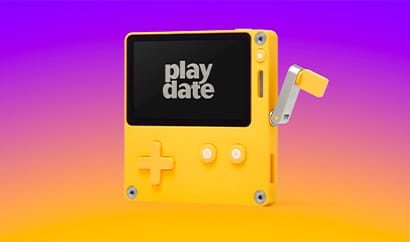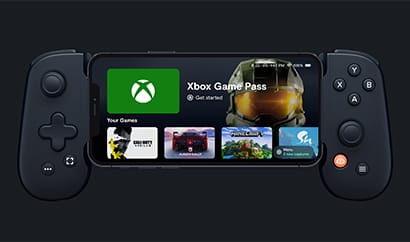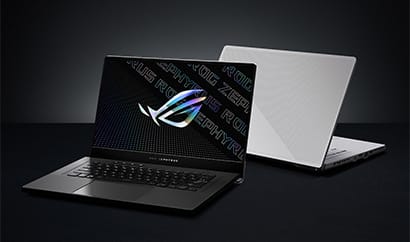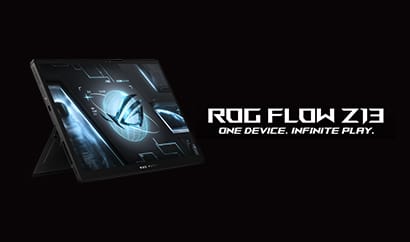About Nintendo Switch OLED
The Nintendo Switch OLED - The Ultimate Hybrid Gaming Console
Up-grade or Down-grade?
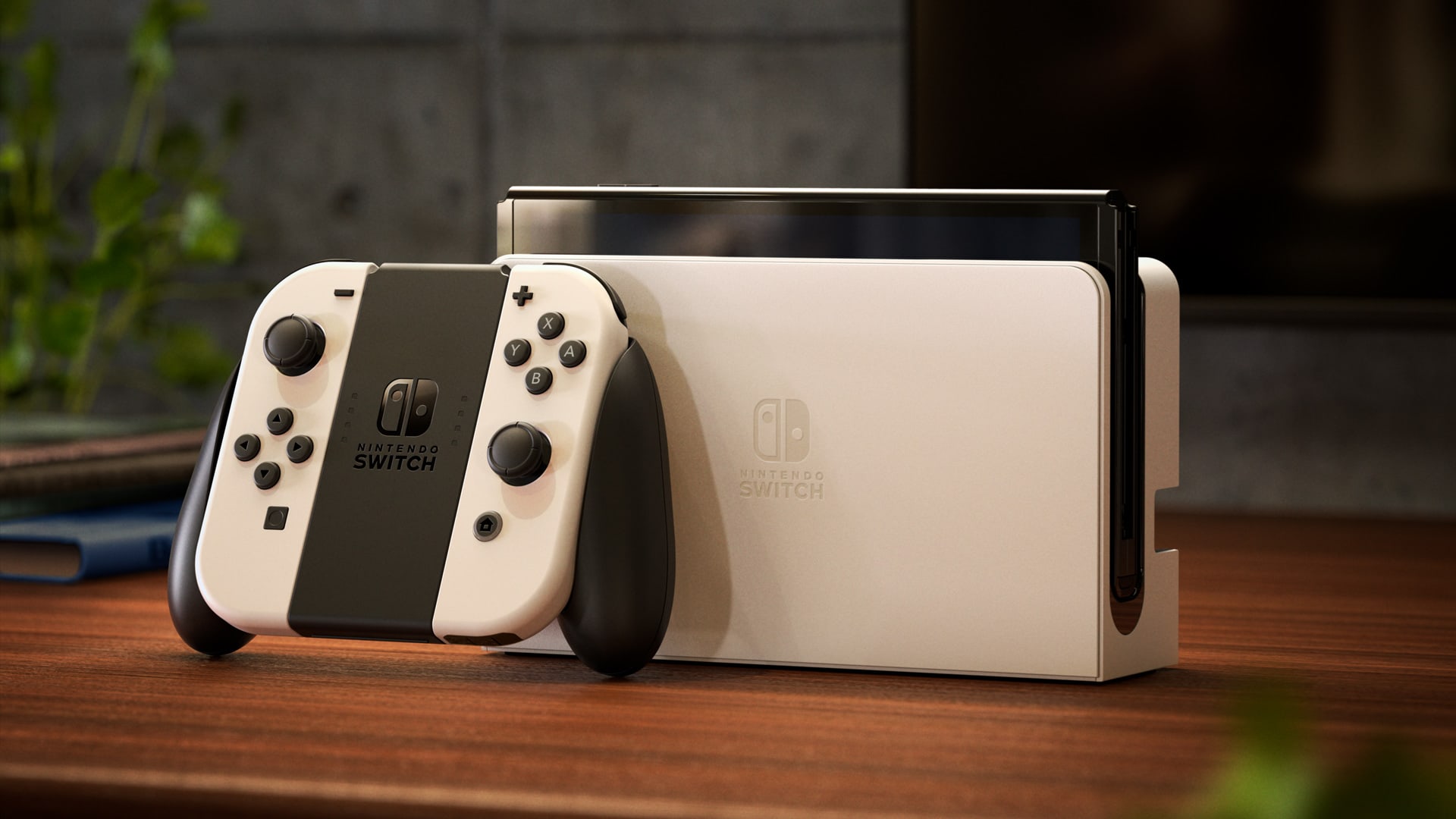
Everything You Need to Know About the Nintendo Switch OLED
When it comes to lightweight handheld gaming consoles, the Nintendo Switch is the preferred platform for many. The Nintendo Switch OLED builds on the success of the original model and brings some notable enhancements to the table. If you're wondering whether the OLED model is a prudent purchase, the following breakdown should answer your questions.
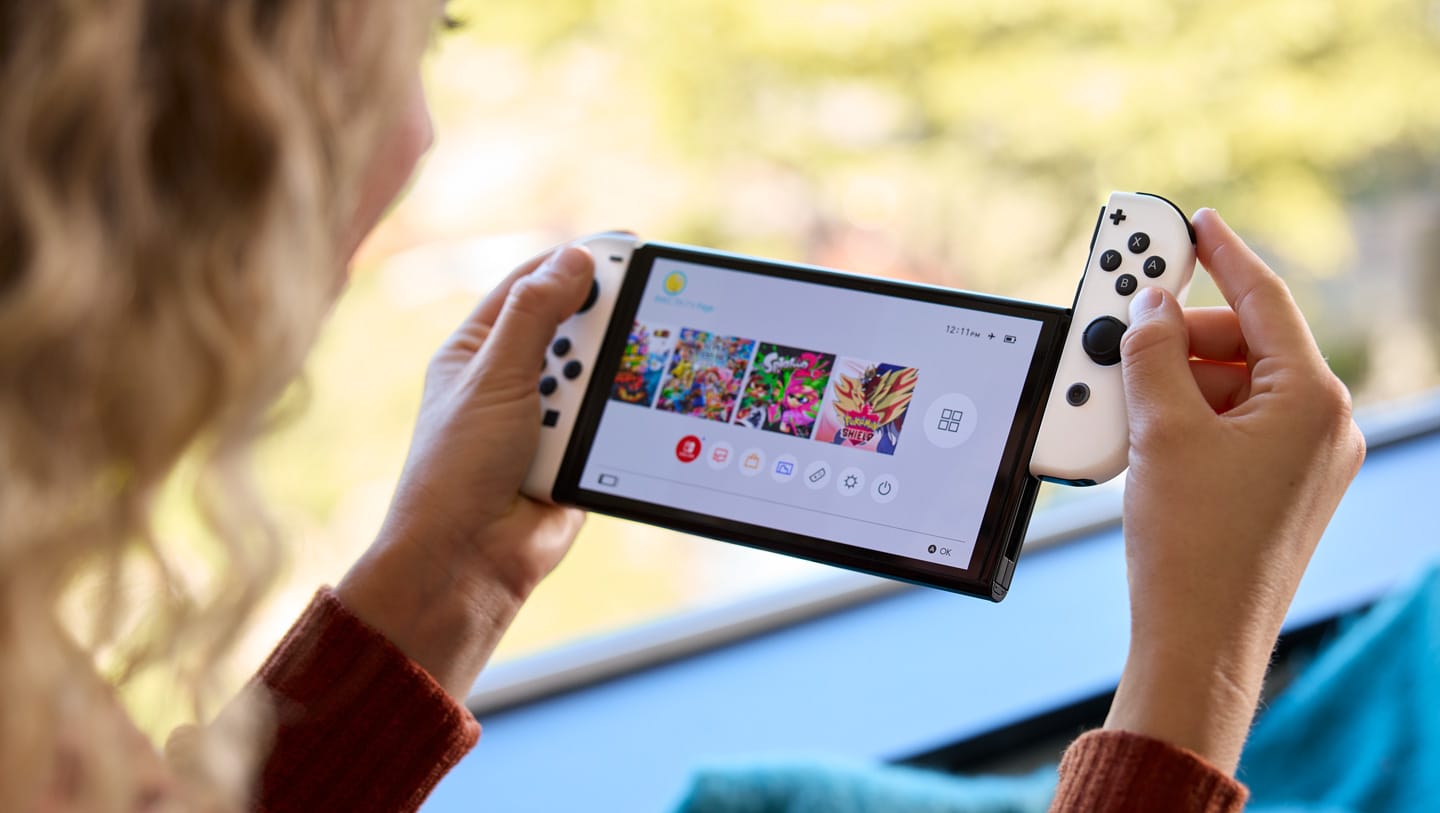
Hardware & Design
The most noticeable difference between the Nintendo Switch OLED and its predecessor is the introduction of a 7.0-inch OLED display. This screen boasts less bezel and better color quality for an overall superior gaming experience. A larger, more stable kickstand also helps to set the OLED model apart from the models that came before it. The OLED model's dock swaps a USB slot for an Ethernet port to ensure superior connectivity while gaming.
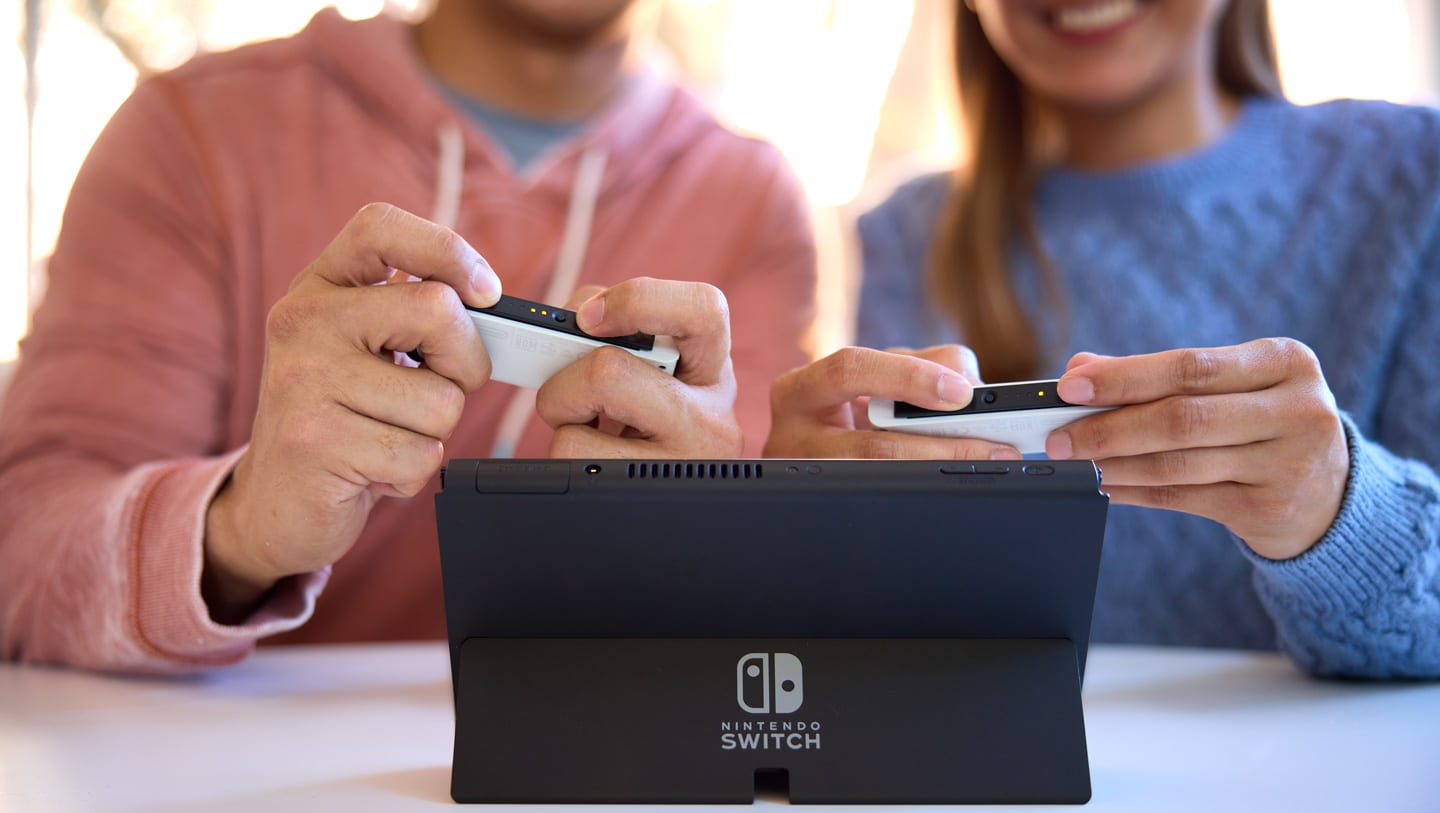
Notable Features
Like the rest of the Switch lineup, the OLED model ships with the same Joy-Con controllers we've all grown to generally love. What's more, Nintendo has tweaked the audio output to provide a superior sensory experience whether you're wearing earbuds or just listening to the integrated speakers. A microSD slot will allow users to amass an impressive library of titles that would otherwise overwhelm the 64GB of onboard storage that the OLED model contains.
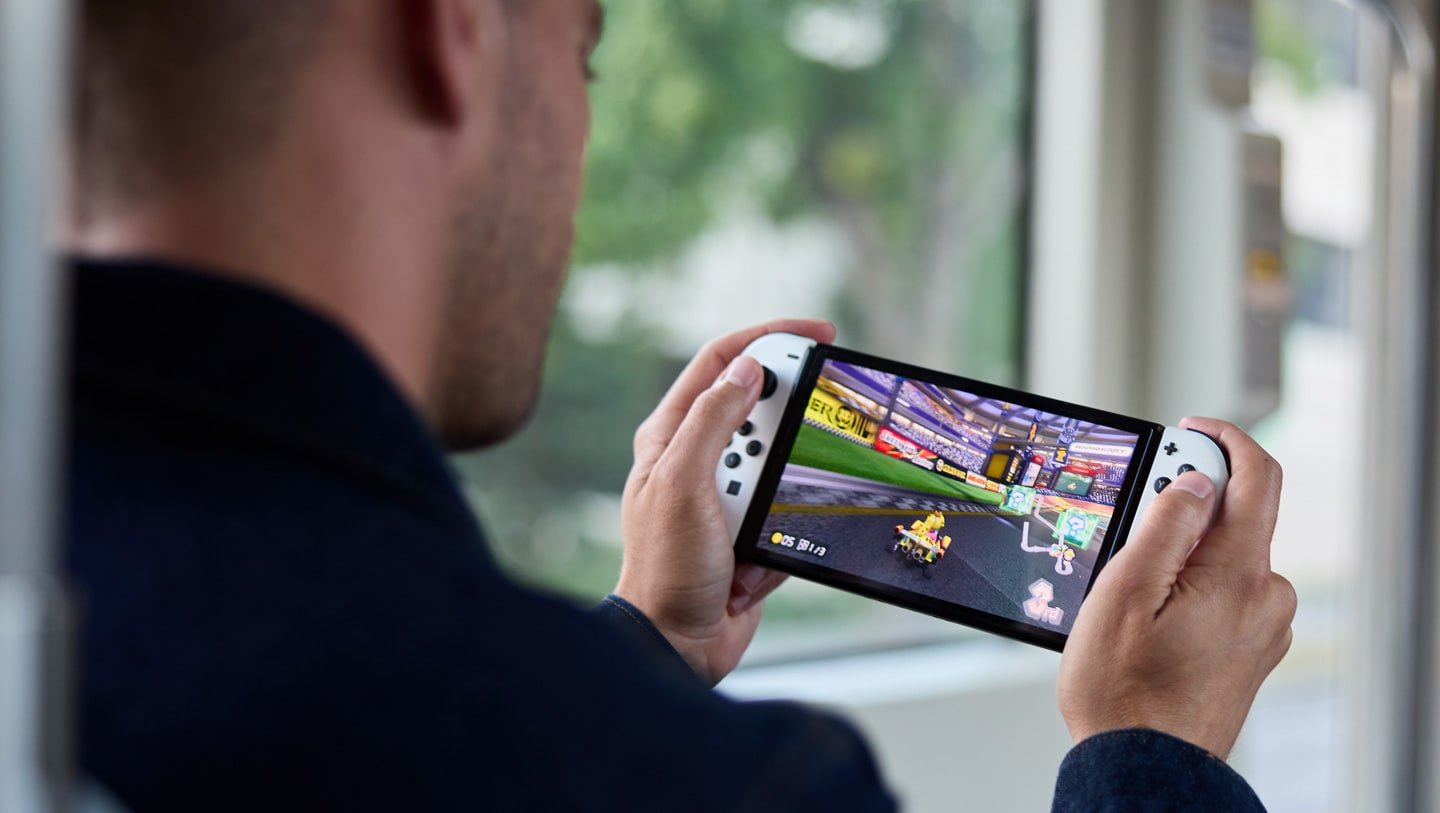
Key Specifications
For the most part, the Nintendo Switch OLED is much like its kin when it comes to internals. A customized Nvidia Tegra X1 CPU/GPU powers all the action behind the scenes. Clocking in at 0.93 pounds, the Switch OLED is about as heavy as you'd expect it to be. While the Switch OLED can achieve 1080p while docked, 720p picture quality is what you're going to get when you play it in hand-held mode.

Performance
As far as the actual gaming experience goes, the Nintendo Switch OLED compares quite nicely with competitors such as the Valve Steam Deck (Learn more at blog.abgames.io). The picture is crisp, has great responsiveness, and has great controller performance to boot. Thanks to hardware and software improvements, the infamous "drift" problem that plagued the original Switch seems to be on its way out. The new OLED Switch can run for up to 9 hours without a charge. Charging it via the new dock will take about 3 hours.

Price
Gamers in North America can get the Nintendo Switch OLED for $349 starting on October 8, 2021. The ancillary dock that pairs with the Switch OLED will presumably retail for roughly $60. Since the Joy-Con controllers are more or less identical to the ones that have shipped with the first Switch iteration, their pricing should also be the same if you need a few extra sets.

The Verdict
When you break it all down, the Nintendo Switch OLED will arguably be the best hybrid gaming console on the market for at least a few years. For starters, it gives you access to awesome first-party games like Super Mario Odyssey and Super Mario 3D World + Bowser's Fury that have no equal on other platforms. What's more, the HD 1080p experience you'll get on a TV screen can't really be matched by other competing handheld hybrid consoles. While the OLED model isn't perfect, it packs a wallop that's hard to ignore.
The Pros
- Top-notch mobile experience.
- Breathtaking OLED picture quality.
- A stellar default dock.
- Excellent first-party games.
The Cons
- Somewhat sub-par onboard storage.
- A lack of Bluetooth audio.
- Susceptibility to Joy-Con Drift.
- Disappointing voice chat performance.
TL;DR
If you already have the original Nintendo Switch, moving up to the OLED model might not be worth the money. While the Switch OLED is clearly superior, its upsides may not "move the needle" for long-time fans. Nevertheless, the Nintendo Switch OLED is a worthy successor to the Switch that so many already can't live without.
